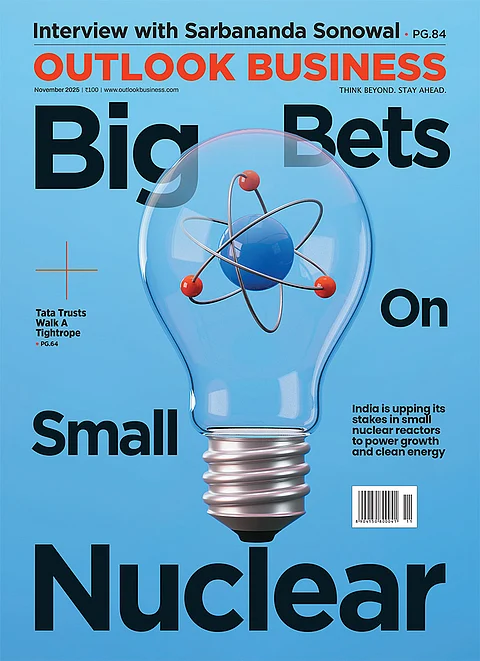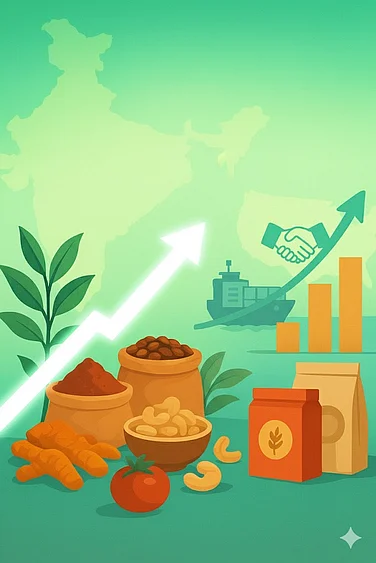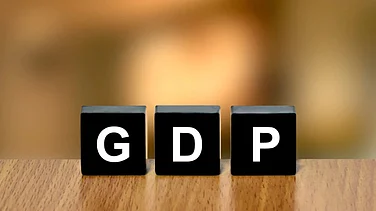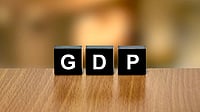
Pharmexcil has urged alignment of GST rates on active pharmaceutical ingredients (APIs) and formulations to simplify compliance.
Formulations are currently taxed at 12% while APIs attract 18%.
If formulations shift to 5% while APIs remain at 18%, the inverted duty gap would widen from 6% to 13%, locking working capital and raising costs.
Pharmaceuticals Export Promotion Council of India (Pharmexcil) has sought alignment of GST rates on both active pharmaceutical ingredients and formulations to reduce complexity and enhance compliance.
Currently, formulations (finished medicines) are taxed at 12%, while active pharmaceutical ingredients (APIs) are taxed at 18%.
"If formulations move into the 5% bracket while APIs stay at 18%, the gap between input and output tax-known as an inverted duty structure-will widen from 6% to 13%. This locks working capital, creates refund backlogs, and adds costs to an industry that operates on thin margins," Pharmexcil Vice Chairman Bhavin Mehta said in a statement.
The solution is straightforward: align GST on APIs and formulations, he added.
"If both are taxed at the same rate, the inverted duty disappears, simplifying compliance and encouraging faster pass-through of benefits to patients," Shah noted.
This parity could mean both at 5% to maximise affordability, or both at 12% to protect revenue while maintaining efficiency, either is better than a 5/18 split, he added.
"Alongside rate alignment, targeted measures can ease MSME stress. A fast-track refund system with timelines of 15-30 days, interest on delayed refunds, and interim support such as deemed credit or dedicated refund cells would provide much-needed relief," Shah said.
Besides, hospitals and diagnostics, exempt from GST, cannot claim back input taxes paid on consumables and equipment, he stated.
These hidden embedded taxes add 5-6% to the cost and ultimately burden patients, he added.
"Correcting such anomalies, alongside parity in pharma, would make the entire healthcare ecosystem more efficient and patient-friendly," Shah said.
According to the proposed reform, Goods and Services Tax (GST) can move to a two-rate structure of 5% and 18%.
A special rate of 40% will be levied on select few items like ultra-luxury cars and sin goods.
Currently, GST is a 4-tier structure of 5%, 12%, 18% and 28%.






























